Summary
In the dynamic landscape of product innovation, crafting a successful Minimum Viable Product (MVP) requires more than just a brilliant concept; it demands meticulous planning and strategic execution. At Creole Studios, a leading MVP Development Company effective MVP feature prioritization requires collaboration between cross-functional teams, including product managers, designers, developers, and stakeholders. By prioritizing features strategically and focusing on delivering value to users, teams can create successful MVPs that lay the foundation for future product development and growth
What Is MVP Feature Prioritization?
MVP (Minimum Viable Product) feature prioritization is the process of determining which features or functionalities are essential for the initial version of a product to deliver value to users. In MVP development, the goal is to create a basic version of the product with just enough features to satisfy early customers and gather feedback for future iterations.
Prioritizing features for an MVP involves identifying the core functionalities that address the primary needs or pain points of the target audience. This prioritization typically involves considerations such as:
- User Needs: Understanding the most critical requirements or problems that users are seeking to solve with the product.
- Market Demand: Assessing which features are most in demand or offer a competitive advantage in the market.
- Feasibility: Evaluating the technical complexity and resources required to implement each feature within the desired timeframe.
- Value Proposition: Identifying features that align most closely with the product’s unique value proposition and differentiation.
- Scalability: Considering how well each feature can scale as the product grows and evolves over time.
Read More : Key Features of an MVP Development
There are several factors to consider when prioritizing MVP features:
In the fast-paced world of product development, creating a successful Minimum Viable Product (MVP) requires careful consideration of its features..
Understanding MVP Development Features:
MVP development features are the building blocks of your product, representing the functionalities and capabilities that define its core value proposition. These features are carefully selected to deliver enough value to early adopters while minimizing development time and resources. Understanding the role of MVP features is crucial for aligning your product with market needs and achieving rapid validation and iteration.
Core Features vs. Nice-to-Have Features:
One of the key considerations in MVP development is distinguishing between core features and nice-to-have features. Core features are essential functionalities necessary for validating your product concept and addressing the primary needs of your target audience. Nice-to-have features, on the other hand, enhance user experience but may not be critical for initial validation. Prioritizing core features ensures that your MVP delivers maximum value to users while minimizing development efforts.
Identifying Essential MVP Features:
Identifying essential MVP features requires a thorough understanding of your target audience, market dynamics, and business goals. Conducting user research, market analysis, and stakeholder consultations can help identify the features that align with user needs and market demand. By focusing on essential features that address core user pain points, you can increase the likelihood of achieving product-market fit and attracting early adopters.
Must-Have Features for MVP Success:
Certain features are fundamental to the success of an MVP, irrespective of the industry or niche. These must-have features are critical for validating product assumptions, demonstrating value to users, and gaining traction in the market. Examples of must-have features include user authentication, core functionality, and basic user interface elements. By prioritizing these features, you can build a solid foundation for your MVP and iterate based on user feedback.
Optional Features and Future Enhancements:
While must-have features are essential for initial validation, optional features offer opportunities for future enhancements and differentiation. Optional features can include advanced functionalities, premium features, or integrations with third-party services. Planning for future enhancements allows you to maintain flexibility and adaptability while focusing on delivering core value in the initial MVP.
Feature Prioritization Techniques:
Feature prioritization is a crucial step in MVP development, ensuring that limited resources are allocated to the most impactful features. Various prioritization techniques, such as the MoSCoW method, RICE framework, and Value vs. Complexity matrix, can help product teams make informed decisions about feature prioritization. By considering factors such as value to users, effort required for implementation, and potential impact on the product, you can prioritize features effectively and maximize ROI.
Iterative Development and Continuous Improvement:
MVP development is an iterative process that involves continuous refinement based on user feedback and market insights. Iterative development allows you to release early versions of your product, gather feedback from users, and iterate based on their responses. By embracing a cycle of build-measure-learn, you can rapidly evolve your MVP, address user needs, and stay ahead of competitors.
Balancing Trade-offs:
Balancing trade-offs is an integral part of feature prioritization in MVP development. Product teams must consider trade-offs between feature richness, development time, and resource constraints. By making strategic trade-offs and focusing on delivering core value with minimal resources, you can maximize the success of your MVP while minimizing risk.
MVP Feature Checklist:
To ensure comprehensive coverage of essential features, it’s helpful to create an MVP feature checklist. This checklist can include categories such as user interface, functionality, performance, and security, with specific features listed under each category. Referencing the checklist throughout the development process helps ensure that no critical features are overlooked and that the MVP meets user expectations.
Conclusion:
In conclusion, MVP development features, facilitated by a reliable MVP development company, play a critical role in the success of your product. By understanding the significance of MVP features, prioritizing them effectively, and iterating based on user feedback, you can maximize the likelihood of achieving product-market fit and driving adoption. With careful planning, strategic decision-making, and a focus on delivering core value, you can create a successful MVP that lays the foundation for long-term success with the assistance of a dedicated MVP development company.


 Lets Talk
Lets Talk 




 Email Us
Email Us 
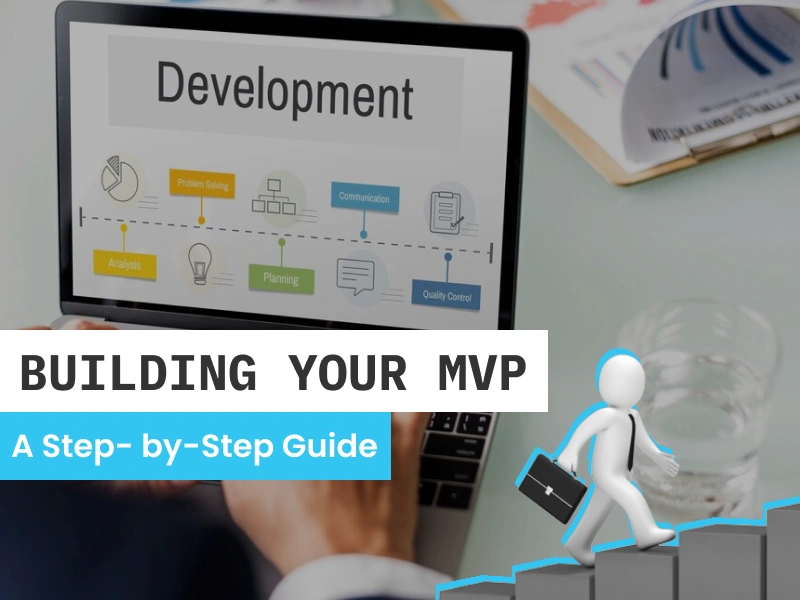

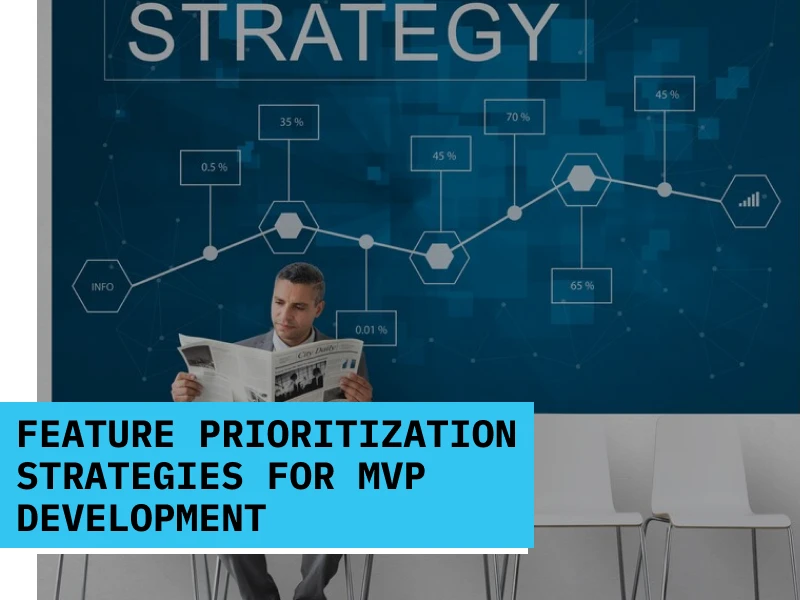








 30 mins free Consulting
30 mins free Consulting 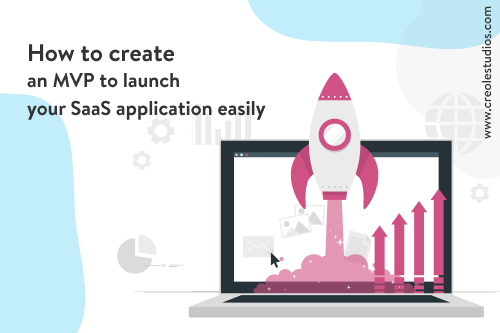
 10 min read
10 min read 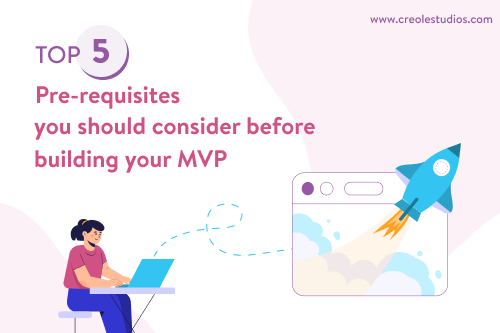

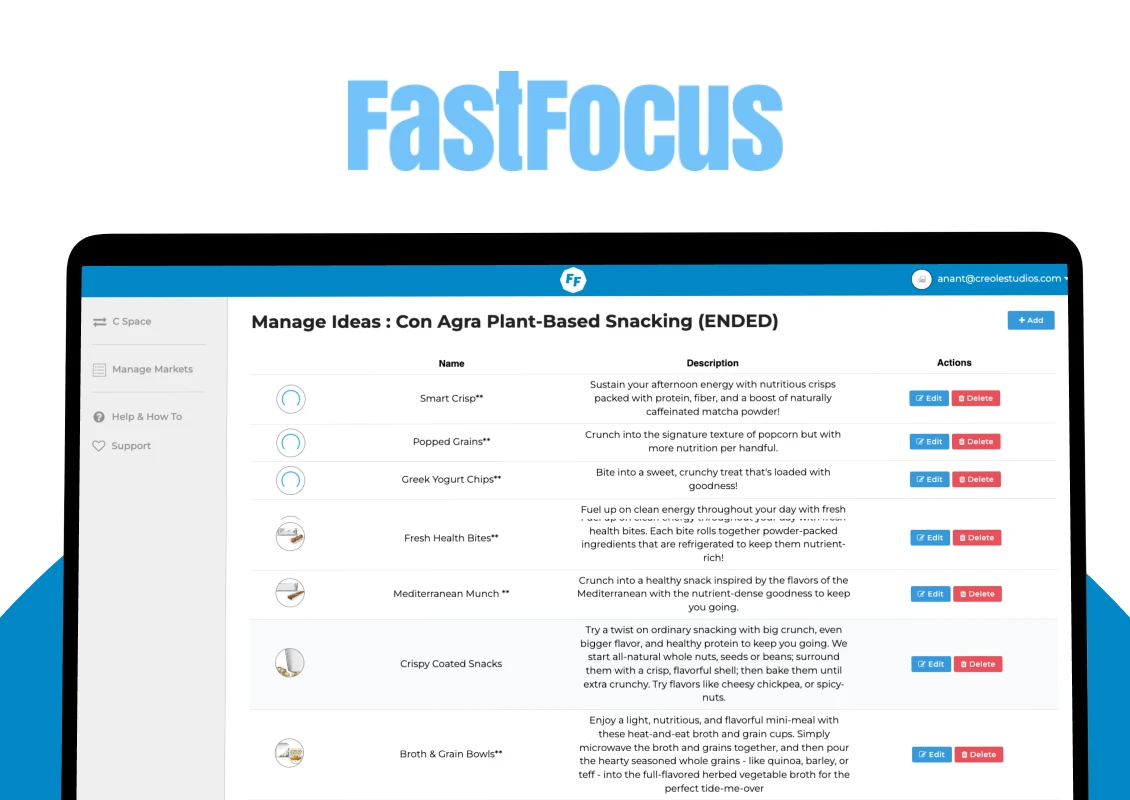
 USA
USA 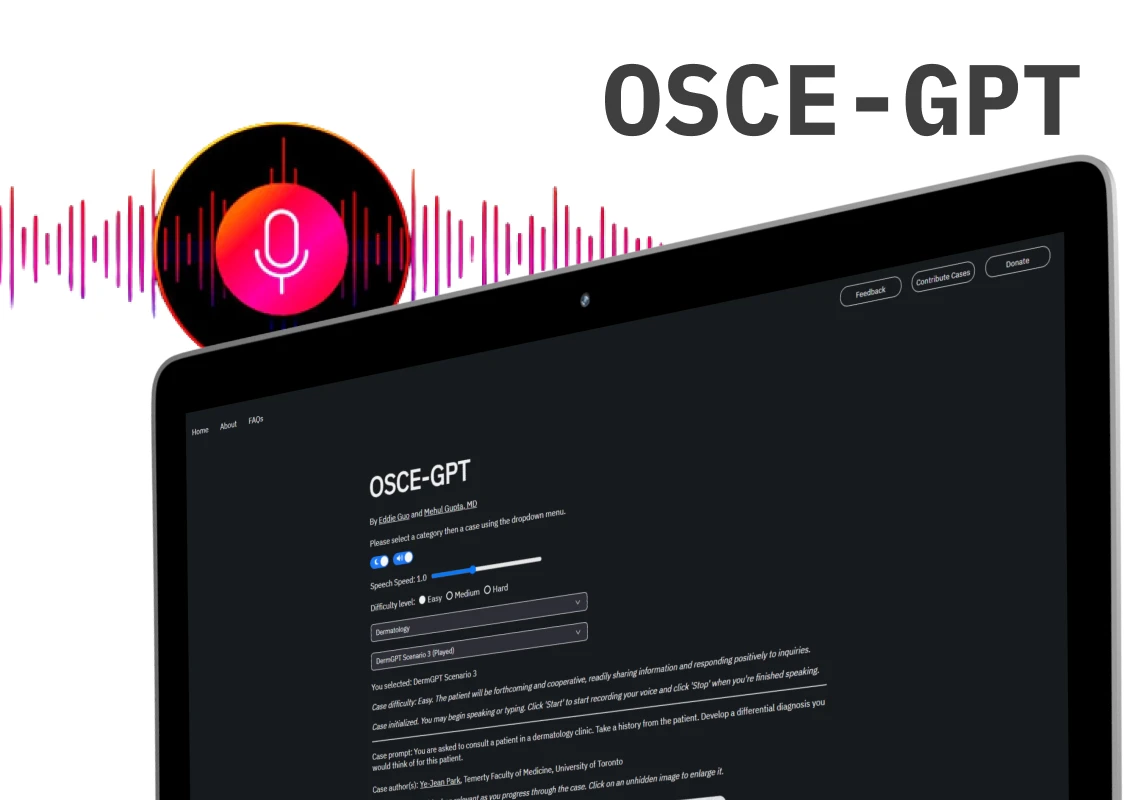
 Canada
Canada 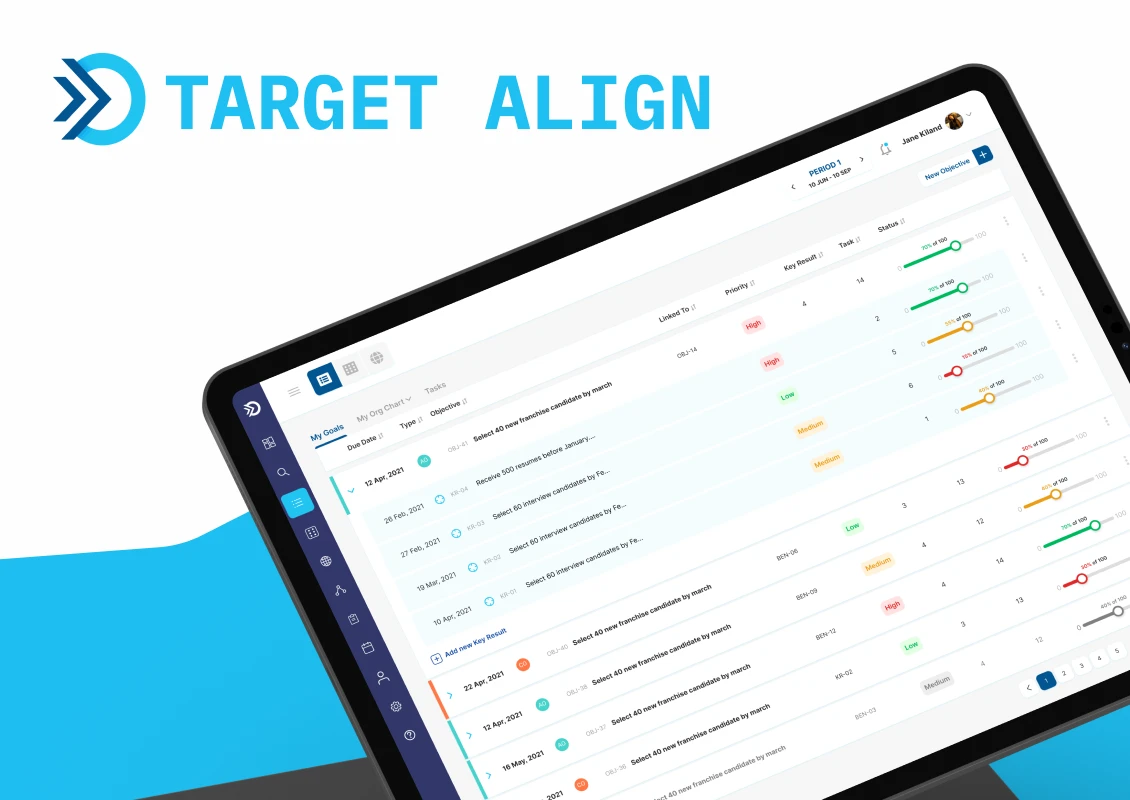






 Love we get from the world
Love we get from the world 